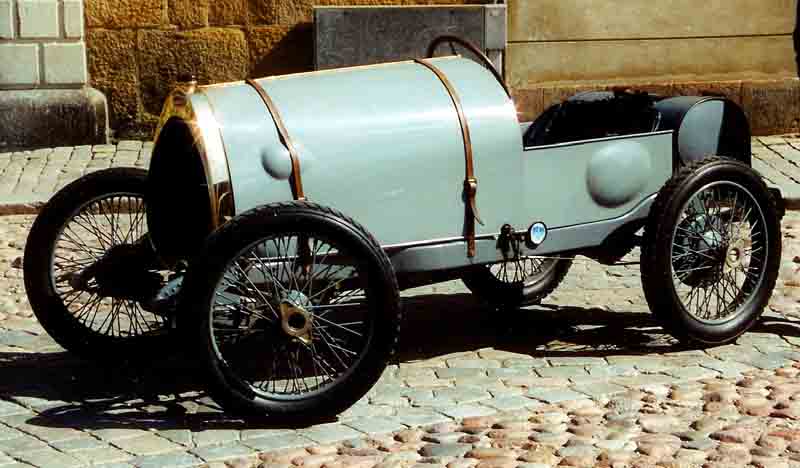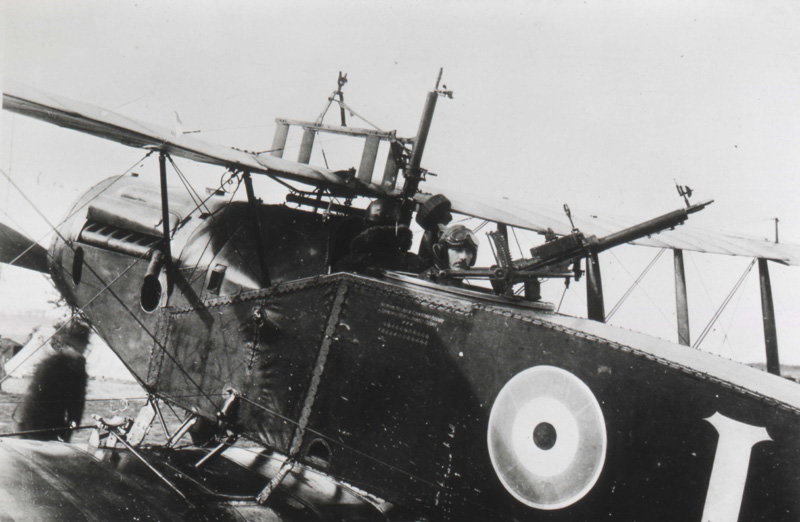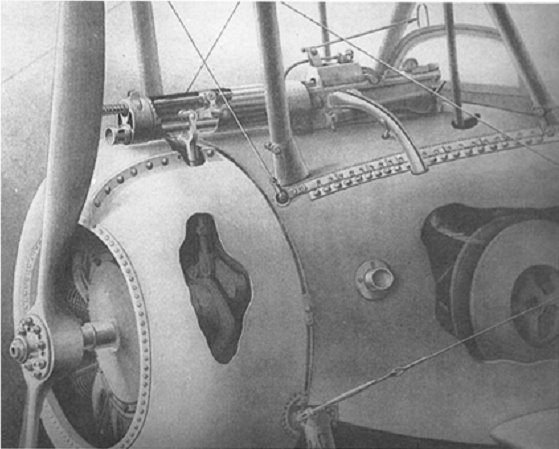|
Type 17 (other)
Type 17 may refer to: * F.B.A. Type 17, a training flying boat produced in France in the 1920s * Shansi Type 17, a Chinese made version of the Mauser C96 * Bugatti Type 17, a Bugatti car * Bristol Type 17, a British two-seat biplane fighter and reconnaissance aircraft * Nieuport Type 17, a French biplane fighter aircraft of World War I *Polikarpov I-16 Type 17, a Soviet fighter aircraft of revolutionary design *Albatros B.II Type 17, an unarmed German two-seat reconnaissance biplane See also * * Type (other) * T17 (other) * 17 (other) Seventeen or 17 may refer to: *17 (number), the natural number following 16 and preceding 18 * one of the years 17 BC, AD 17, 1917, 2017 Literature Magazines * ''Seventeen'' (American magazine), an American magazine * ''Seventeen'' (Japanese m ... * Class 17 (other) * Model 17 (other) {{disambiguation ... [...More Info...] [...Related Items...] OR: [Wikipedia] [Google] [Baidu] |
Shansi Type 17
The Mauser C96 (''Construktion 96'') is a semi-automatic pistol that was originally produced by German arms manufacturer Mauser from 1896 to 1937. Unlicensed copies of the gun were also manufactured in Spain and China in the first half of the 20th century. The distinctive characteristics of the C96 are the integral box magazine in front of the trigger, the long barrel, the wooden shoulder stock, which gives it the stability of a short-barreled rifle and doubles as a holster or carrying case, and a grip shaped like the handle of a broom. The grip earned the gun the nickname "broomhandle" in the English-speaking world, and in China the C96 was nicknamed the "box cannon" () because of its rectangular internal magazine and because it could be holstered in its wooden box-like detachable stock.Wilson (2009), p. 100. With its long barrel and high-velocity cartridge, the Mauser C96 had superior range and better penetration than most other pistols of its era; the 7.63×25mm Mauser cartr ... [...More Info...] [...Related Items...] OR: [Wikipedia] [Google] [Baidu] |
Bugatti Type 17
The Bugatti Type 13 was the first true Bugatti car. Production of the Type 13, and later Types 15, 17, 22, and 23, began with the company's founding in 1910 and lasted through 1920, with 435 examples produced. Most road cars used an eight-valve engine, though five Type 13 racers had 16-valve heads, some of the first ever produced. The road cars became known as ''pur-sang'' ("thoroughbred") in keeping with Ettore Bugatti's feelings for his designs. The car was brought back after World War I with a multivalve engine to bring fame to the marque at Brescia. The production Brescia tourer also brought in much-needed cash. Prewar Type 10 The Bugatti automobile was prototyped as the Type 10 in Ettore Bugatti's basement in 1908 and 1909 while he was chief engineer at Deutz Gasmotoren Fabrik in Cologne, Germany. The Type 10 used a monobloc straight-four engine of Ettore's own design. It was an overhead-cam unit with two valves per cylinder, which was highly advanced for the time. ... [...More Info...] [...Related Items...] OR: [Wikipedia] [Google] [Baidu] |
Bristol Type 17
The Bristol F.2 Fighter is a British First World War two-seat biplane fighter and reconnaissance aircraft developed by Frank Barnwell at the Bristol Aeroplane Company. It is often simply called the Bristol Fighter, ''"Brisfit"'' or ''"Biff"''. Although the type was intended initially as a replacement for the pre-war Royal Aircraft Factory B.E.2c reconnaissance aircraft, the new Rolls-Royce Falcon V12 engine gave it the performance of a fighter. Despite a disastrous start to its career, the definitive F.2B version proved to be a manoeuvrable aircraft that was able to hold its own against single-seat fighters while its robust design ensured that it remained in military service into the early 1930s. Some surplus aircraft were registered for civilian use, and versions with passenger cabins were converted. Development Origins In the Autumn of 1915, the Royal Flying Corps (RFC) needed a new aerial reconnaissance and artillery spotting aircraft to replace the pre-war Royal A ... [...More Info...] [...Related Items...] OR: [Wikipedia] [Google] [Baidu] |
Nieuport Type 17
The Nieuport 17 C.1 (or Nieuport XVII C.1 in contemporary sources) was a French sesquiplane fighter designed and manufactured by the Nieuport company during World War I. An improvement over the Nieuport 11, it was a little larger than earlier Nieuports and better adapted to the more powerful engine than the interim Nieuport 16. Aside from early examples, it had the new Alkan-Hamy synchronization gear, permitting the use of a fuselage-mounted synchronised Vickers gun firing through the propeller disc. At the time of its introduction in March 1916, the type's outstanding manoeuvrability and excellent rate of climb gave it a significant advantage over fighters on both sides and was described as "the best pursuit plane of the day". It was used by many operators and entered service with every Allied power and copies were also operated by the (German Air Service). Mass-produced by several French firms, the Nieuport 17 and its derivatives were built under licence in Italy by Nieupo ... [...More Info...] [...Related Items...] OR: [Wikipedia] [Google] [Baidu] |
Polikarpov I-16
The Polikarpov I-16 (russian: Поликарпов И-16) is a Soviet single-engine single-seat fighter aircraft of revolutionary design; it was the world's first low-wing cantilever monoplane fighter with retractable landing gear to attain operational status and as such "introduced a new vogue in fighter design".Green, William. "Polikarpov's Little Hawk". ''Flying Review'', November 1969. The I-16 was introduced in the mid-1930s and formed the backbone of the Soviet Air Force at the beginning of World War II. The diminutive fighter, nicknamed "''Ishak''" or "''Ishachok''" ("donkey" or "burro") by Soviet pilots, figured prominently in the Second Sino-Japanese War,Liss 1966, p. 10. the Battle of Khalkhin Gol, Winter War and the Spanish Civil War – where it was called the (" rat") by the Nationalists or ("fly") by the Republicans. The Finns called the aircraft as "( flying squirrel)". Design and development While working on the Polikarpov I-15 biplane, Nikolai ... [...More Info...] [...Related Items...] OR: [Wikipedia] [Google] [Baidu] |
Albatros B
An albatross is one of a family of large winged seabirds. Albatross or Albatros may also refer to: Animals * Albatross (butterfly) or ''Appias'', a genus of butterfly * Albatross (horse) (1968–1998), a Standardbred horse Literature * Albatross Books, a German publishing house that produced the first modern mass market paperback books * Albatros Literaturpreis, a literary award * "L'albatros" (poem) ("The Albatross"), 1859 poem by Charles Baudelaire * ''The Albatross'', a 1971 novella by Susan Hill * ''The Albatross'', the fictional propeller-sustained airship in Jules Verne's novel ''Robur the Conqueror'' * ''Albatross'' (novel), a 2019 novel by Terry Fallis Film and television * Films Albatros, a French film production company which operated between 1922 and 1939 * ''Albatross'' (2011 film), a British film * ''Albatross'' (2015 film), an Icelandic film * Albatross (Monty Python sketch), a sketch from ''Monty Python's Flying Circus'', first appearing in 1970 * "Alb ... [...More Info...] [...Related Items...] OR: [Wikipedia] [Google] [Baidu] |
Type (other)
Type may refer to: Science and technology Computing * Typing, producing text via a keyboard, typewriter, etc. * Data type, collection of values used for computations. * File type * TYPE (DOS command), a command to display contents of a file. * Type (Unix), a command in POSIX shells that gives information about commands. * Type safety, the extent to which a programming language discourages or prevents type errors. * Type system, defines a programming language's response to data types. Mathematics * Type (model theory) * Type theory, basis for the study of type systems * Arity or type, the number of operands a function takes * Type, any proposition or set in the intuitionistic type theory * Type, of an entire function ** Exponential type Biology * Type (biology), which fixes a scientific name to a taxon * Dog type, categorization by use or function of domestic dogs Lettering * Type is a design concept for lettering used in typography which helped bring about modern textual printin ... [...More Info...] [...Related Items...] OR: [Wikipedia] [Google] [Baidu] |
T17 (other)
T17 may refer to: Armored vehicles * T17 Deerhound, an American six-wheeled armored car * T17E1 Staghound, an American four-wheeled armored car * T-17 tank, a Soviet tankette Aviation * English Electric Canberra T.17, a British trainer aircraft * New Gulf Airport, in Wharton County, Texas, United States * SAAB-MFI T-17, a Danish trainer aircraft * Thorp T-17, an American aircraft prototype Rail and transit Lines * T17 line, of the Stockholm Metro * T17/18 Beijing-Mudanjiang Through Train Stations * Kasai Station, Tokyo, Japan * Miyakojima Station, Osaka, Japan * Ōyachi Station (Hokkaido), Sapporo, Hokkaido, Japan * Ueda Station (Nagoya), Nagoya, Aichi Prefecture, Japan * Uzumasa Tenjingawa Station, Kyoto, Japan * Zōda Station, Sanuki, Kagawa Prefecture, Japan Weapons * Shansi Type 17, a Chinese pistol * T17E3, an American autocannon Other uses * Estonian national road 17 * See also * Type 17 (other) Type 17 may refer to: * F.B.A. Type 17, a tra ... [...More Info...] [...Related Items...] OR: [Wikipedia] [Google] [Baidu] |
17 (other)
Seventeen or 17 may refer to: *17 (number), the natural number following 16 and preceding 18 * one of the years 17 BC, AD 17, 1917, 2017 Literature Magazines * ''Seventeen'' (American magazine), an American magazine * ''Seventeen'' (Japanese magazine), a Japanese magazine Novels * ''Seventeen'' (Tarkington novel), a 1916 novel by Booth Tarkington *''Seventeen'' (''Sebuntiin''), a 1961 novel by Kenzaburō Ōe * ''Seventeen'' (Serafin novel), a 2004 novel by Shan Serafin Stage and screen Film * ''Seventeen'' (1916 film), an American silent comedy film *''Number Seventeen'', a 1932 film directed by Alfred Hitchcock * ''Seventeen'' (1940 film), an American comedy film *''Eric Soya's '17''' (Danish: ''Sytten''), a 1965 Danish comedy film * ''Seventeen'' (1985 film), a documentary film * ''17 Again'' (film), a 2009 film whose working title was ''17'' * ''Seventeen'' (2019 film), a Spanish drama film Television * ''Seventeen'' (TV drama), a 1994 UK dramatic short starring Christ ... [...More Info...] [...Related Items...] OR: [Wikipedia] [Google] [Baidu] |
Class 17 (other)
{{disambiguation ...
Class 17 may refer to: * British Rail Class 17, a British class of diesel locomotive * DRG Class 17, a German class of 4-6-0 tender locomotive *NSB El 17, a Norwegian class of electric locomotive See also * * Class (other) * C17 (other) * 17 (other) * Type 17 (other) * Model 17 (other) Model 17 may refer to: Aircraft * Beechcraft ''Model 17'' Staggerwing, 1930s U.S. biplane with negative wing stagger * Bell ''Model 17'' Airacuda, 1940s U.S. heavy fighter * Consolidated ''Model 17'' Fleetster, 1920s U.S. cargo monoplane * Cur ... [...More Info...] [...Related Items...] OR: [Wikipedia] [Google] [Baidu] |




